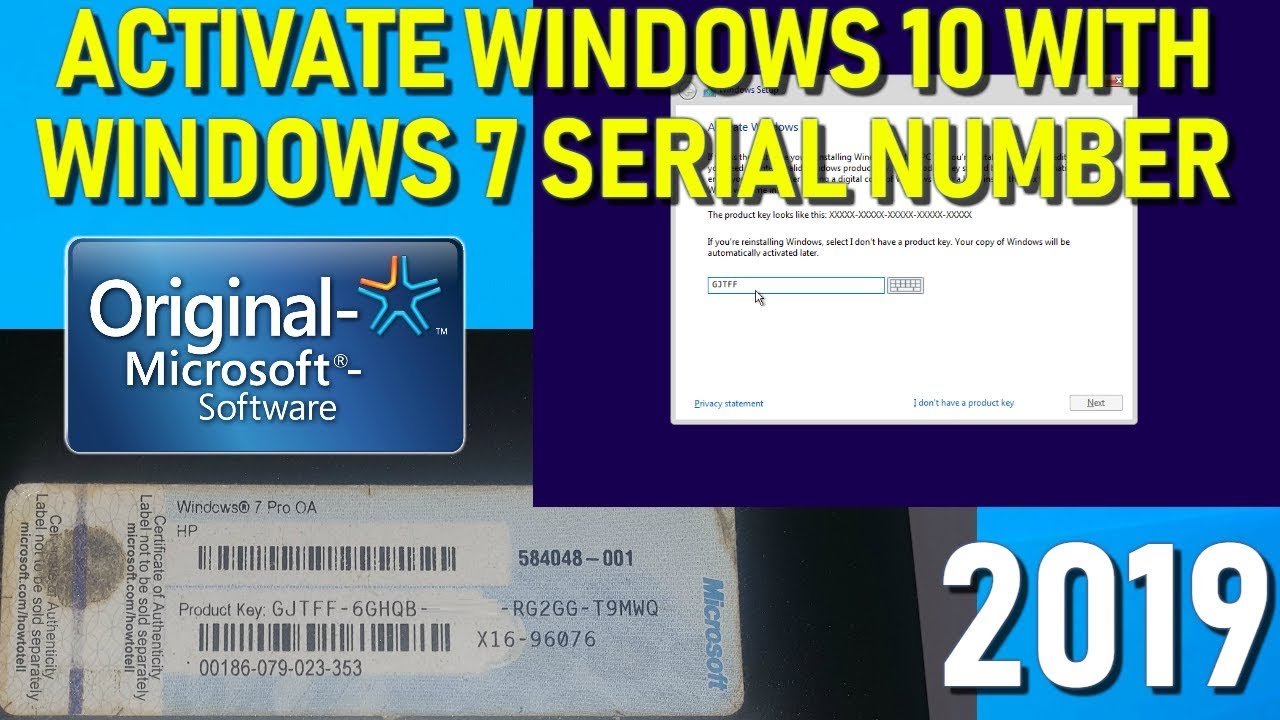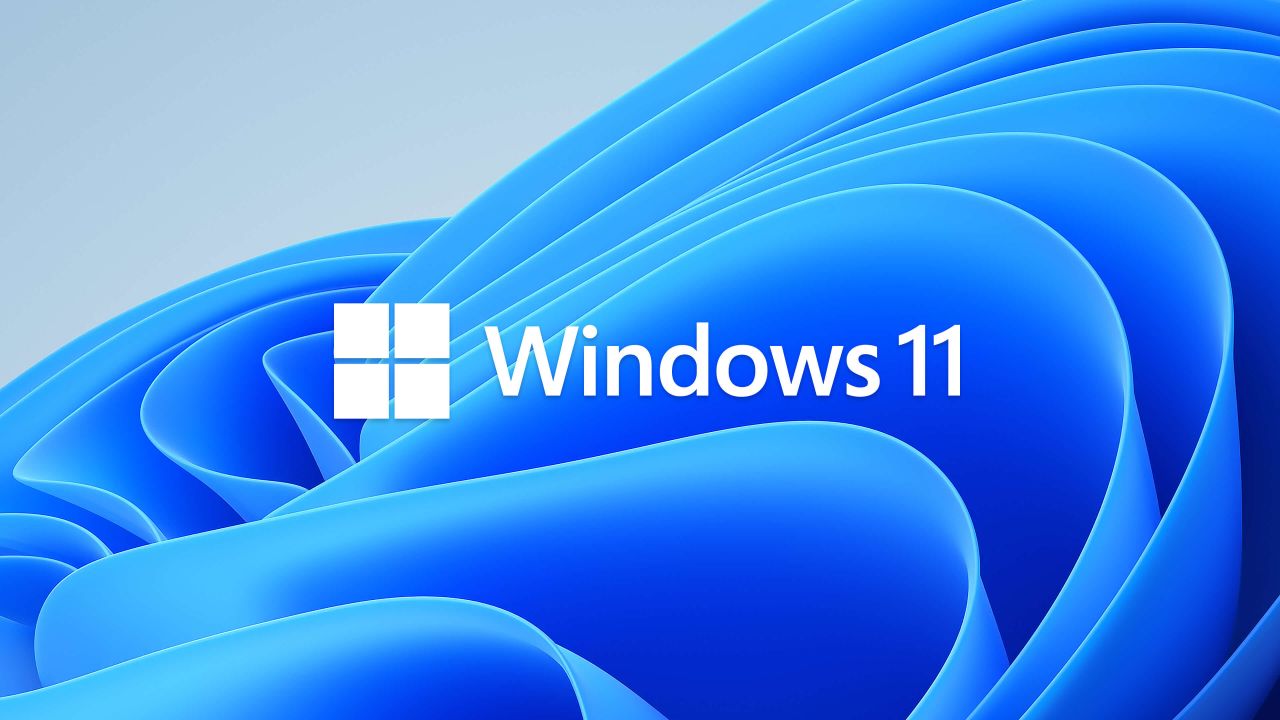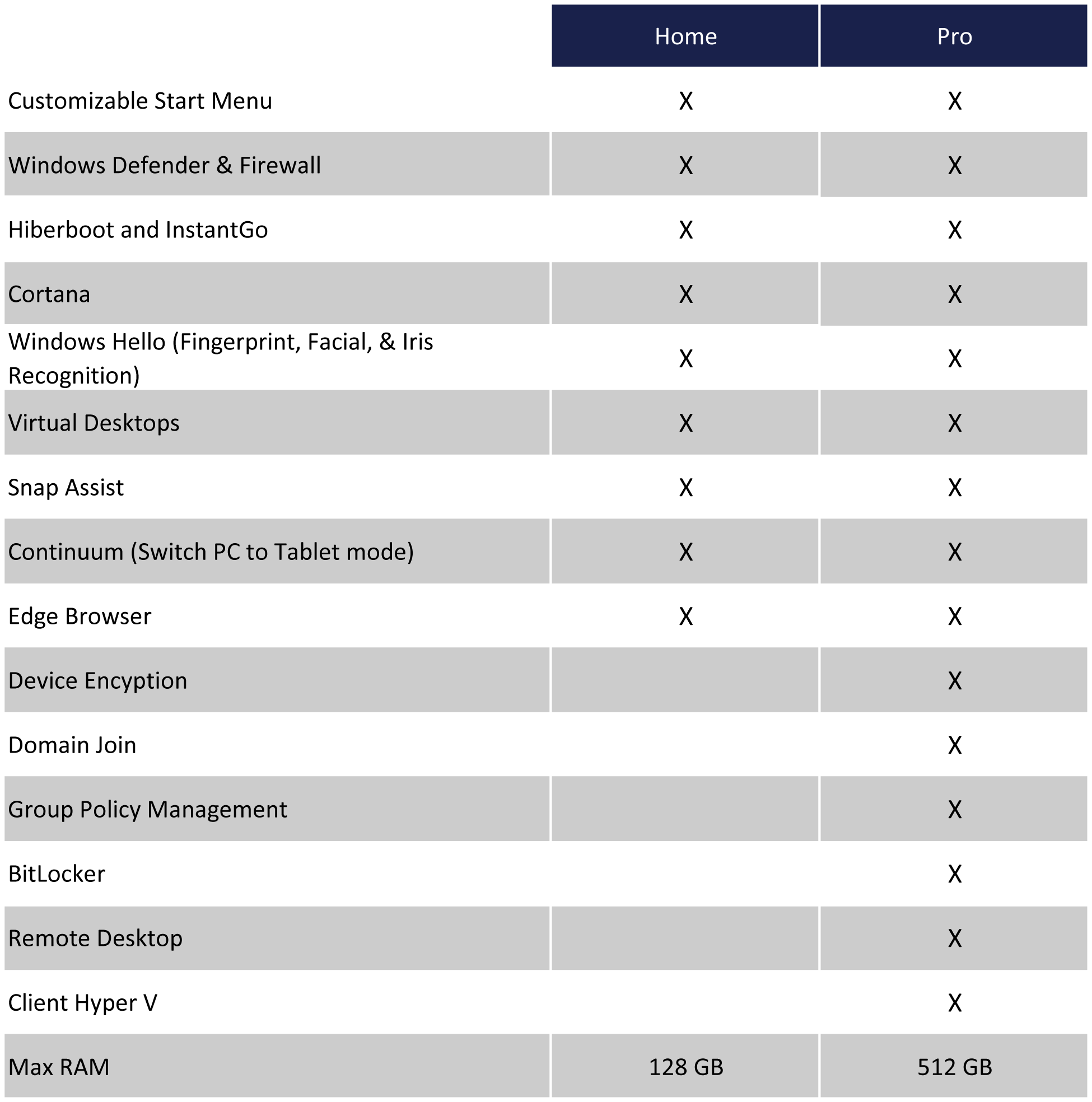If your existing Windows 10 PC is running Windows 10 20H1 or later and meets the minimum hardware specificationsit will be able to upgrade to Windows 11. The upgrade rollout plan is still being finalized, but for most devices already in use today, we expect it to be ready sometime in early 2022. Not all Windows 10 PCs that are eligible to upgrade will be offered to upgrade at the same time. To see if your PC is eligible to upgrade, refer to our knowledge base for a list of tested systems. Once the upgrade rollout has started, you can check if it is ready for your device by going to Settings/Windows Updates.
Similar to how end users are notified when updates are available in Windows 10, end users will see an indication in the notification areas of the taskbar in the bottom right, that the upgrade is available. More information on how that is presented will be available at a later date. Additional desktop notification options may be also be added at a later date. He also acknowledged the expansion of Microsoft Store to include more "traditional" desktop applications.
Cunningham concluded that "as I've dug into and learned its ins and outs for this review, I've warmed to it more", but argued that the OS was facing similar "public perception" issues to Windows Vista and Windows 8. Original equipment manufacturers can still ship computers without a TPM 2.0 coprocessor upon Microsoft's approval. Some third-party software may refuse to run on unsupported configurations of Windows 11. Internet Explorer has been replaced by the Chromium-based Microsoft Edge as the default web browser, and Microsoft Teams is integrated into the Windows shell.
Microsoft also announced plans to allow more flexibility in software that can be distributed via Microsoft Store, and to support Android apps on Windows 11 . As part of the minimum system requirements, Windows 11 only runs on devices with a Trusted Platform Module 2.0 security coprocessor. According to Microsoft, the TPM 2.0 coprocessor is a "critical building block" for protection against firmware and hardware attacks.
In addition, Microsoft now requires devices with Windows 11 to include virtualization-based security , hypervisor-protected code integrity , and Secure Boot built-in and enabled by default. The operating system also features hardware-enforced stack protection for supported Intel and AMD processors for protection against zero-day exploits. A redesigned user interface is present frequently throughout the operating system, building upon Fluent Design System; translucency, shadows, a new color palette, and rounded geometry are prevalent throughout the UI. In October 2019, Microsoft announced "Windows 10X", a future edition of Windows 10 designed exclusively for dual-touchscreen devices such as the then-upcoming Surface Neo. Legacy Windows applications would also be required to run in "containers" to ensure performance and power optimization. Microsoft stated that it planned to release Windows 10X devices by the end of 2020.
Citing security considerations, the system requirements for Windows 11 were increased over Windows 10. While the OS can be installed on unsupported processors, Microsoft does not guarantee the availability of updates. Windows 11 also drops support for 32-bit x86 CPUs and devices which use BIOS firmware.
At least 16GB of RAM The basic system requirements of Windows 11 differ significantly from Windows 10. Windows 11 only supports 64-bit systems such as those using an x86-64 or ARM64 processor; IA-32 processors are no longer supported. Thus, Windows 11 is the first ever consumer version of Windows not to support 32-bit processors and 16-bit software .
The minimum RAM and storage requirements were also increased; Windows 11 now requires at least 4GB of RAM and 64GB of storage. The compatibility list includes the Intel Core i7-7820HQ, a seventh-generation processor used by the Surface Studio 2, although only on devices that shipped with DCH-based drivers. According to the support document, Microsoft has released a Windows 10 OOBE update titled "KB " to enable a new upgrade experience to Windows 11 Home or Professional. However, there's a catch – this process requires users to reset the device or clean install Windows 10.
If your existing Windows 10 PC is running the most current version of Windows 10 and meets the minimum hardware specifications it will be able to upgrade to Windows 11. Not all Windows 10 PCs that are eligible to upgrade to Windows 11 will be offered to upgrade at the same time. Perhaps the most important thing to know about the release of Windows 11 is that we should expect it to change significantly over the next few years.
I've been using beta versions of Windows 11 for a month in the lead-up to writing this review, and it seems like every few days there's a minor new feature or redesigned app to check out. We may not see that feature fully realized in Windows until next year. If the Microsoft Surface family of products isn't your style though, other brands like Dell, Asus and HP have all released pages online that specify what devices are Windows 11 ready. Note that many won't come with the new operating system installed, but as they all meet the minimum system requirements, you can simply buy the laptop or 2-in-1 as normal and then update it yourself.
As before, Microsoft doesn't recommend installing Windows 11 on a device that doesn't meet the system requirements — though you can still do so. One thing to keep in mind is you might not get updates on a PC with an unsupported processor. When Microsoft first released Windows 11 on October 4th, the company said it expected it would offer the upgrade to all eligible devices by mid-2022.
Boot into your upgraded Windows 11 device in safe mode using the appropriate boot keys, such as F2, F10 or F12. Follow the on-screen menu options to install Windows 10 on your device once again. If you have a valid Windows 10/11 license, the clean installation is absolutely free. Windows 11 SE was announced on November 9, 2021, as an edition exclusively for low-end devices sold in the education market, and a successor to Windows 10 S.
It is bundled with applications such as Microsoft Office for Microsoft 365, Minecraft Education Edition, and Flipgrid, while OneDrive is used to save files by default. Windows 11 SE does not include Microsoft Store; third-party software is provisioned or installed by administrators. The question many users ask first is whether they can upgrade, or rather downgrade, to Windows 10 if the machine is running Windows 11. As noted in a recent thread on Askwoody.com, a Windows 11 license is a digital one that allows an install of Windows 10 on a machine running 11.
But, as a Lenovo support note points out, a clean install of Windows 10 may require that you download needed drivers. Whenever I install Windows 10 cleanly on a computer, there are invariably one or two devices in the device manager that show up with a "! If you're lucky, as the machine gets online and checks in online, the drivers will trickle down in the background and get installed. If you're not lucky, you have to search for them on vendor websites. Do not download drivers from a random driver site, as more often than not they will include malware.
Most notable is the interface itself looks sleeker compared to earlier versions of Windows. The software has bolstered its Snap layouts, which allow users to quickly snap an application to their screen, to support multiple configurations depending on what users desire. The operating system also simplifies the docking and redocking process to eliminate the need to reconfigure apps. Even the newly-released AutoHDR feature is available on both Windows 11 Home and Pro editions. So it's safe to say that neither of the editions will disappoint you in terms of gaming performance.
That said, Windows 11 Pro offers you a larger ceiling for hardware expansion. It supports up to 2 CPU sockets, 128 cores, and up to 2TB of RAM, whereas Windows 11 Home supports 1 CPU socket, 64 cores, and up to 128GB of RAM. Simply put, Windows 11 Home is more than enough for most users, even for hardcore gamers.
Windows 11 has been released officially and is slowly rolling out to eligible users across the world. Some ineligible users have also upgraded the hardware to make their older PCs compatible with Windows 11's new system requirements. However, one important dilemma that many users are facing is which edition to upgrade to – Windows 11 Home or Windows 11 Pro? To make things easier for you, we have come up with this in-depth comparison between Windows 11 Home and Pro. In this article, we list the similarities and differences between the two editions in great detail. So without wasting any time, let's go ahead and find out the winner between Windows 11 Home vs Windows 11 Pro.
Microsoft's need to make decisions for you in Windows 11 is most evident in its strictly-enforced hardware requirements. With its machine learning technology, Microsoft has determined further devices on which the Windows 11 update prompt should now appear automatically. The Redmond-based software company has not revealed any additional information on which exact PC configurations are included in this third group.
However, manually triggering the Windows 11 update, which is how many tech enthusiasts probably installed Windows 11 in the past weeks, is no longer necessary on these PCs. Users can simply check the regular Windows Update application in order to verify whether the Windows 11 upgrade is ready to download on their respective device. If you've been patiently waiting to install Windows 11 on your PC, Microsoft has good news. The company announced today it's increasing the pace of the operating system's rollout, and making it more broadly available. Provided your system is running version 2004 or later of Windows 10 and you recently installed the September 14th, 2021 servicing update Microsoft released, you can now upgrade directly to Windows 11. The short answer is no, Microsoft isn't going to force anyone to upgrade to Windows 11.
Starting with Windows 10 version 1903, the Redmond firm stopped forcing people to install feature updates. This came after a disastrous Windows 10 version 1809 that actually deleted some users' files. On the touchscreen, you can slide from the left on the desktop to have widgets appear. Beyond all the power-user features, if you're considering updating to Windows 11 Pro, you'll need to have Windows 10 Pro installed first. Microsoft is only offering free upgrades to the equivalent version of Windows 11. Upgrading from Windows 10 Home to Pro will usually cost you $99, although it's currently available for $69.99 via the PCWorld Store.
This method uses an OEM code, one of the easiest ways to update your PC or laptop. These feel like features Microsoft will inevitably add back in over the coming months, which does highlight how meager an upgrade Windows 11 feels on launch day. And we're likely to see some other problems pop up as more people start using Windows 11, like the file explorer memory leak. Aside from the new aesthetic, the few big features Microsoft talked about in its presentation this summer—especially the ones to do with gaming—just aren't here yet.
To check for Windows 11 compatibility, download and run the PC Health Check app, which will identify specific compatibility issues that prevent an upgrade. PCs purchased in 2016 or earlier are almost certain to be unsupported. Microsoft officially released its new operating system on 5 October, but warned that most people will be waiting a while for the free upgrade from Windows 10. Indeed, if you're running older hardware that's still supported, it could be mid-2022 before the update appears on your device. Legacy BIOS is no longer supported; a UEFI system with Secure Boot and a Trusted Platform Module 2.0 security coprocessor is now required. The TPM requirement in particular has led to confusion as many motherboards do not have TPM support, or require a compatible TPM to be physically installed onto the motherboard.
Windows 11 Home may be restricted by default to verified software obtained from Microsoft Store ("S Mode"). Windows 11 Home requires an internet connection and a Microsoft account in order to complete first-time setup. Well, part of the setup process is to download and install the most recent updates – including this one – so this should work on all computers that come with Windows 10 version 2004, 20H2, 21H1 or 21H2. Obviously, the process will need an Internet connection and a computer that matches the Windows 11 requirements (recent CPU, TPM 2.0, etc.).
Microsoft has said the new OS will include performance improvements, including faster logins with Windows Hello, faster web browsing and faster wake from sleep mode. Windows Hello is a biometrics-based technology that lets Windows 10 users authenticate secure access to their devices, apps and networks with iris scans, facial recognition or fingerprints. The upgrade is free for Windows 10 PCs that are compatible with Windows 11.
Microsoft will release an updated version of its PC Health Check app before the launch so users can see if their PC meets the system requirements to run Windows 11. If you've upgraded your PC from Windows 10 to Windows 11 at some point in the past 10 days, you have a simplified option for downgrading back to the older version of the operating system. Microsoft has added a recovery option in Windows 11 that enables users to downgrade recently updated machines back to Windows 10. The feature, however, becomes unusable after the first 10 days have passed. Microsoft has released Windows 11, and while its public reception is much better than that of, for example, Windows Vista, certain design changes have proven controversial.
The design changes aside, the latest version of Windows may not run well on every machine, as well, leaving some users to regret the upgrade. The good news is that Windows 11 isn't permanent and, if necessary, it's possible to downgrade back to Windows 10. Ever since the Windows 10 Anniversary Update , Microsoft shortened the length of time you can use the rollback feature. Prior to this biannual update, you had a 30-day grace period. Once the Anniversary Update was released, Microsoft shortened the rollback grace period to 10 days.
If you miss the 10-day time frame, then you will need to perform a clean install of the previous version of Windows 11 manually. You can use the PC Health Check app to determine if your device is eligible to upgrade to New Windows. Many PCs that are less than four years old will be able to upgrade to New Windows. They must be running the most current version of Windows 10 and meet the minimum hardware requirements. Microsoft has finally updated the Windows Ink Workspace, now called the "Pen menu" that gives you quick access to pinned apps that are designed with inking in mind.
What's great is that it's finally customizable, so you can put any app of your choice in there. It's accessible via a button shortcut on a physical pen, or via the System Tray as a shortcut for it pops up when you begin interacting with your device with a pen. For tablet users, Snap Assist will now intelligently snap apps above and below when using a device in portrait mode, a behavior that was missing in prior versions of Windows. Microsoft has also updated the switching orientation animation so that it's much more fluid, and also remembers where your apps were positioned when switching between landscape and portrait mode.
Once you're up and running on Windows 11, the first thing you need to do is head to the Microsoft Store app and check for updates to ensure that you have the latest versions of all the pre-installed Windows 11 apps. Once that's done, you should also head to Windows Update in the new Settings app and check for updates there to ensure you have the latest drivers designed for Windows 11. If you haven't seen it through Windows Update yet, you can still get the final build through the Beta and Release Preview channels of the Windows Insider Program, as long as you have a compatible PC. The Dev channel is already running rs_prerelease builds to test out new features, so be careful with that.
If you enroll in the Dev channel, you'll have to do a clean installation of Windows 11 to roll back. And of course, you can also get it on a bunch of new laptops and desktops like the Surface Laptop Studio and Surface Pro 8. Upgrades to Windows 11 will begin to roll out late in 2021 and continue into 2022. During this time, we will be doing some behind the scenes testing and validating for your specific PC. Windows Update will provide an indication if and when your PC is eligible. All Dell PCs with Windows 10 currently being sold on dell.com will be able to upgrade to Windows 11.

























No comments:
Post a Comment
Note: Only a member of this blog may post a comment.